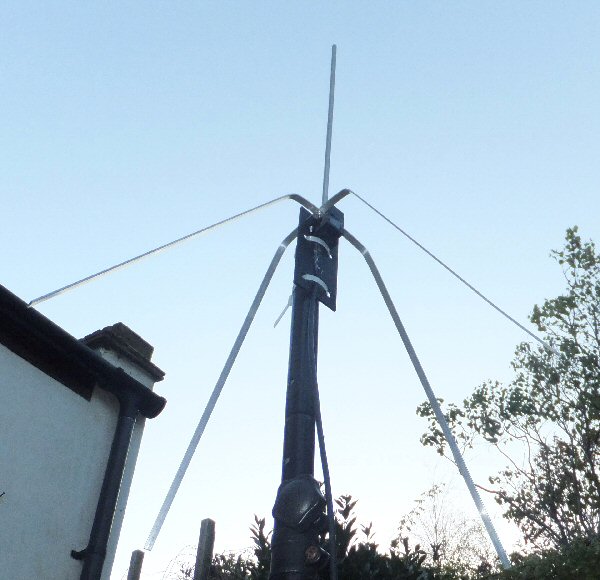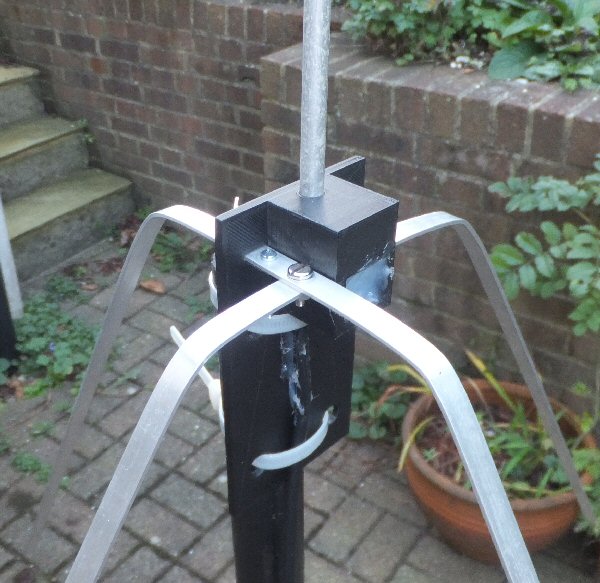144 MHz ground plan (GP) antenna using a 3D printed center



|
".stl" file ".g" file ".scad" file |
my radio page |
my antenna page |
more soon |
back to 3D page |
THE CREATIVE SCIENCE CENTRE
home | diary | whats on | CSC summary | latest news